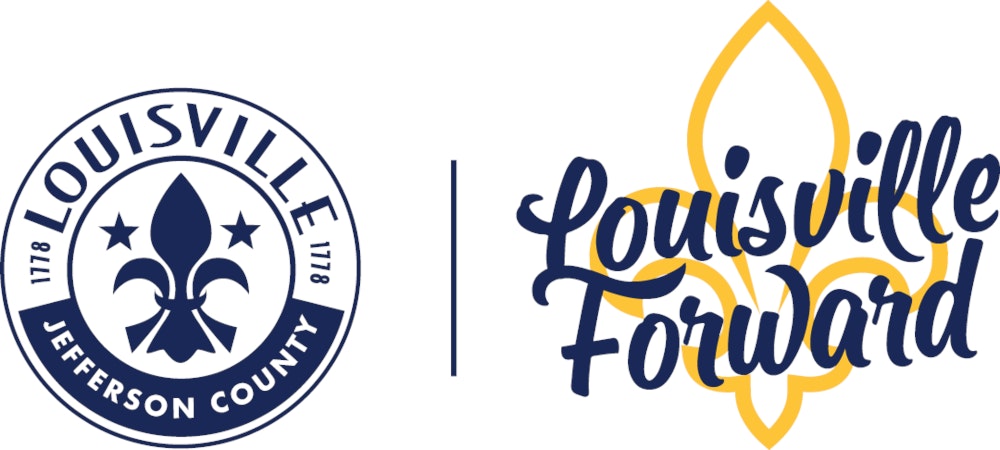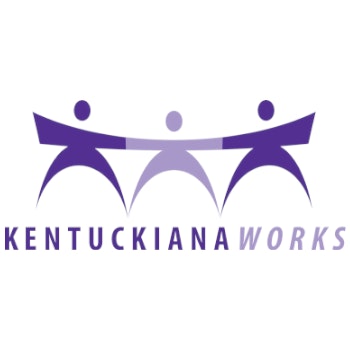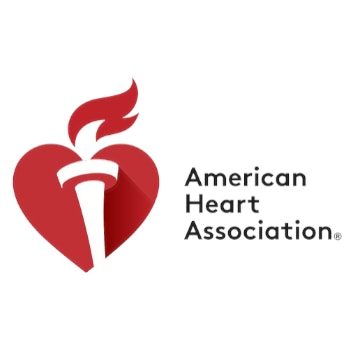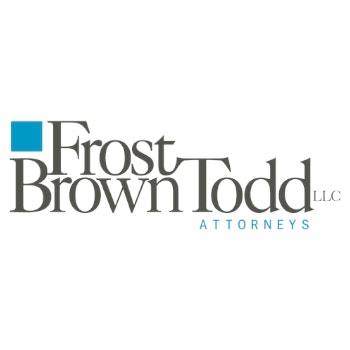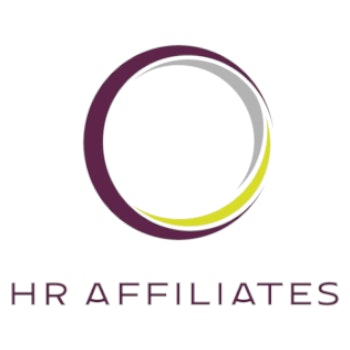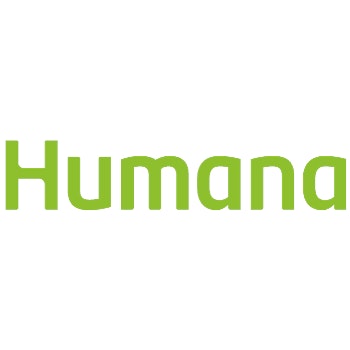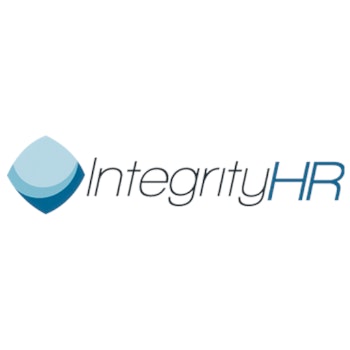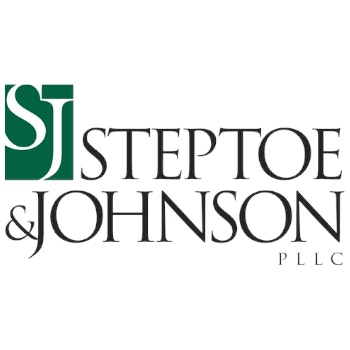Best Practices for Notifying Customers/Clients of Potential Exposure of Communicable Disease
Best Practices for Notifying Customers/Clients of Potential Exposure of Communicable Disease
The best practices for notifying customers or clients of a potential exposure of a communicable disease are consistent with the guidelines of the Centers for Disease Control and Prevention (CDC) and the Occupational Safety and Health Administration (OSHA).
A Plan/Establishing a Resource
In general, employers have an obligation to provide a safe and healthy workplace for their employees but must also maintain a safe and healthy environment for their customers or clients. Where there are infection or communicable disease risks in a workplace, an employer must prepare a comprehensive plan to manage these situations, which may include implementing policies to provide information to employees and nonemployees, media and communication strategies, and policies in regard to operational changes.
In developing these policies, it is important to note that certain business entities are bound by federal and state regulations and must take these regulations into account when developing best practices. For example, employers are required under OSHA to record certain work-related illnesses.
Most importantly, an employer must appoint personnel or a department to serve as the point of contact for all COVID-19 issues and to ensure coordination throughout the whole organization. The personnel or department would be in charge of, among many things, assessing the risks of the organization, establishing policies in accordance with government guidelines, developing communication strategies, and managing patient/customer relations. Additionally, it is important that designated personnel or the department stay up-to-date with CDC recommendations and other federal or state agency requirements.
Customer Notification Letters
Once the risk of potential exposure has been established, the designated personnel should begin the process of customer/client notification. This notification form is appropriate for nonhealthcare organizations and may is not as extensive as required in that area. Regardless of the type of organization, all employers must maintain their employees’ privacy and should not disclose the identity of any infected employees.
Due to the possibility of negative reactions from customers/clients, it is important to follow risk communication principles to ease public concern and provide customers/clients with guidance. Based on research by the CDC in constructing patient notifications for healthcare facilities, the CDC noted the importance of: developing key messages and reinforcing the messages, delivering accurate and timely information, staying consistent, acknowledging uncertainty, and building trust and credibility. These suggestions also serve as guidelines for employers to share with their employees when communicating with customers/patients.
Prior to submitting these notifications, all organizations must be prepared to respond to the influx of customer/client concerns and phone calls once the notification letters are sent. This relates back to the importance of designating personnel or a department to handle those responses. It would be wise to construct a script or manual and to provide some training to ensure that personnel responding to these concerns are able to effectively answer any questions and provide accurate information.
Planning Media and Communication Strategies
In addition to customer/client notifications, organizations might be be involved in some level of media engagement. Even if the organization does not proactively seek media engagement, there is a possibility that customers/clients may contact the media themselves. Consequently, organizations must be prepared for media attention once a customer/client notification is submitted.
The CDC highlights four primary factors in planning media and communication strategies:
- Determining the extent of the information to convey to the news media.
- Determining when to convey that information.
- Determining who to coordinate with to convey that information.
- Being prepared if information is leaked to the media before it is formally announced.
These factors and the scope of planning for media and communication coverage will vary per organization.





